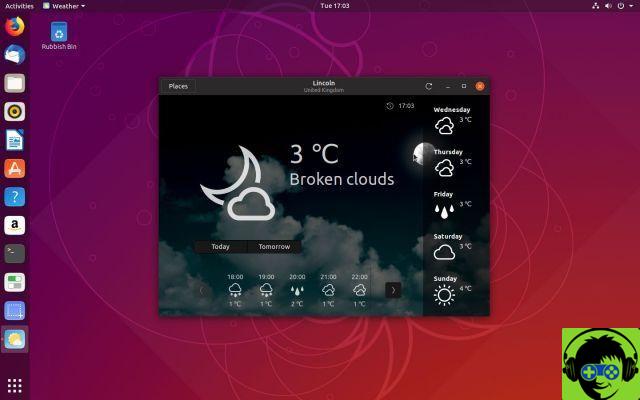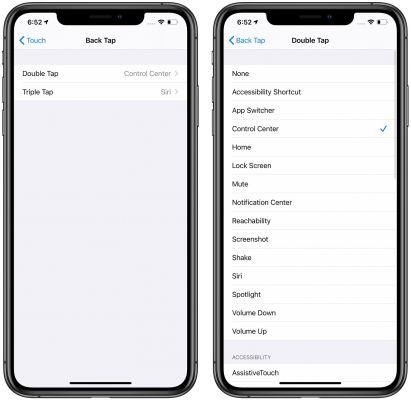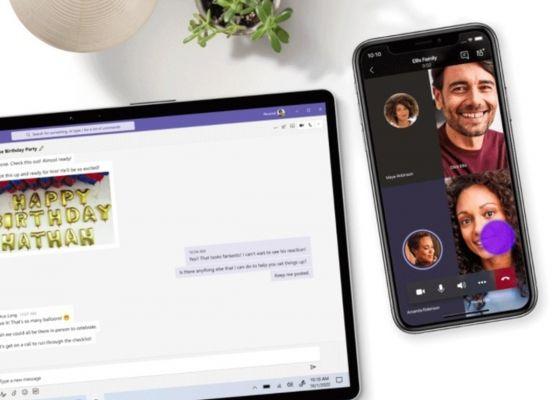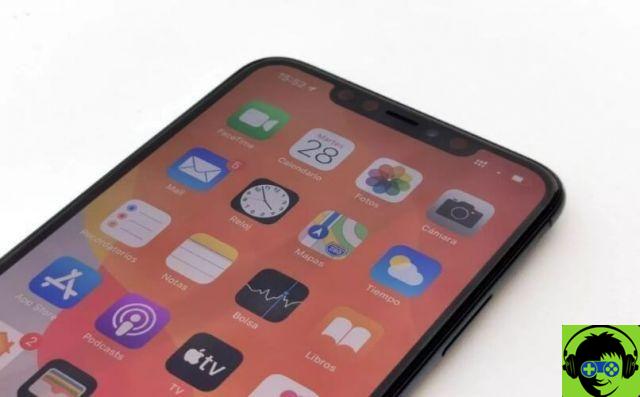Advances in technology will not stop, so it is common to wonder how Qi wireless charging of Android phones works. This is an advanced type of load that allows the operation of the same.
Specifically, the Qi technology is one of the best versions, as charging procedures are faster and more effective without the need for a cable. Although this mode has its own special specifications.
It is known that Qi wireless chargers were idealized by the Wireless Power Consortium (WPC). Its procedure is based on the transmission of electricity by electromagnetic induction.
Qi wireless chargers are a great alternative for when your smartphone is having trouble charging the battery via cable.
How does Qi wireless charging of Android phones work?
The operation of the Qi charging devices of Android phones is somewhat complicated, as their technology is characterized by being advanced. Its main attribute is that charging takes place without a cable or traditional power supply.
To use it, the user will need to pair the phone with the charger via a wireless connection. Hence, the equipment must be placed at a maximum distance of 40 millimeters so that it can send electricity.
A tip is to place the smartphone on the base of the transmitter to ensure that the handover is compatible and effective in a short time. It is very important to know that the closer the device is, the better.
Internally, the wireless charger has a coil through which electricity circulates and generates the ascending magnetic field. Then, the electric current that will go to its destination is generated.
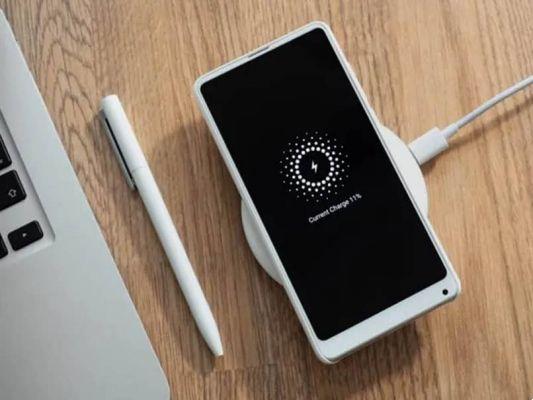
The reception is given thanks to another coil integrated in the phones, its activation will depend on the alignment between the two teams and will allow the handover effectively.
How do you charge the phone with a current?
When it comes to knowing how does Qi wireless charging of android phones work, it is important to know that the current is responsible for the charge. Although it is very important that the coils in the equipment are compatible.
However, this is really simple because chargers of this type include several wireless coils. So compatibility is not an issue, just that both devices are aligned for communication, your system is powered by Faraday's law.
In general, the its operating power ranges from 5W to 120W for the more powerful equipments, however, the user should pay close attention in this matter. Clearly, it's good to know that the higher your amperage, the more money you have to pay.
Today we have many electronic devices for multitasking and all of them require power in the built-in batteries to work, which is why it is important to know how to take care and maintain the battery of your Gadgets.
Another way to take care of our phone's battery is to calibrate it, but don't worry that you can perform this procedure without the need for a root.
Which phones are compatible with Qi wireless chargers?
So far, the most advanced smartphones are compatible with these types of battery charger. However, it is expected that all versions will have this feature in the next few years.
Recently, manufacturing companies such as OnePlus and OPPO have claimed that they would include these adaptations to upcoming models and join the new trends. However, if you want to use this charging method, these are some of the equipment you should buy:

Google Pixel 3, Huawei Mate 20 Pro, LG V30, Google Pixel 3 XL, LG G7 ThinQ, Nokia 8 Sirocco, LG V35 ThinQ, Samsung Galaxy S10, Samsung Galaxy S7, Samsung Galaxy Note 9, Samsung Galaxy S8, Samsung Galaxy Edge S7, Samsung Galaxy S9, Samsung Galaxy Note 8, Xiaomi Mi 9, Xiaomi Mi MIX 2S, Sony Xperia XZ3, Xiaomi Mi MIX 3, Sony Xperia XZ2
Although it is safe to say that these are all models that can be charged with a wireless device. It is vital to be clear on how Qi wireless charging of Android phones is within the equipment specification in the function table.
Another way to avoid battery depletion in our phones or electronic devices is through the use of external batteries, some of which are environmentally friendly, as they can run on solar energy.







